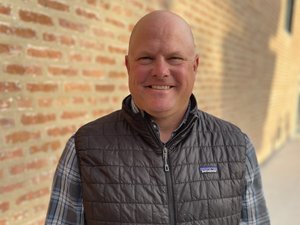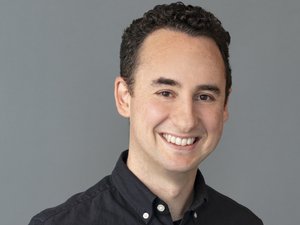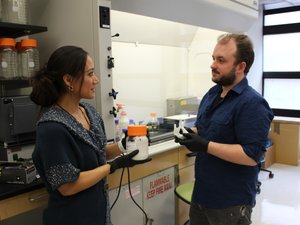
The list of issues with current casts, which are usually made of fiberglass and immobilize a broken bone for a set amount of weeks, is kind of gross.
"The discomfort, the itchiness, the odor that results from bacteria and sweat build up beneath the cast, the skin breakdown is usually pretty apparent when you take the cast off--you notice skin is really soft and weak, " said Jason Troutner, a senior at University of Illinois Urbana-Champaign. Not to mention the time it takes to get your muscle back up to speed, he added: "I've broken my wrist twice, and both times when I take the cast off it takes two to three weeks to build the muscle mass back."
With this in mind, Troutner, Ashley Moy, Justin Brooks, three senior engineering students at UIUC, are setting out to reinvent the cast. Their startup, called Cast21, uses a proprietary application process to immobilize bones through a waterproof material that forms to the patients' body, while giving the skin room to breath. In addition, it can be used along with electrical stimulation therapy which can help mend bones faster than average, in certain cases.
Their solution is inspired by a Chinese finger trap--a mock up of the prototype shows an open, webbed binding. The team is currently getting a patent for the process, so they couldn't divulge many details, but the team said essentially it will be a tubing system, that is filled with a fluid material that solidifies and forms to the shape of the limb.
"It provides adequate structural support with as little material as necessary," said Troutner.
"All while keeping in mind a solution that can scale for mass production," added Moy.
They aren't the only startup that is working on solutions to the current cast (which essentially includes encasing the limb in fiberglass and letting it sit for a few weeks), but most startups are trying to solve the problem through 3D printing, which the team said limits the scalability of the product because each cast must be custom printed. Their method offers a way to create a custom fit, without having to redesign every cast.
The cast can also be used with low-voltage electrical stimulation, which can help mend bones faster, particularly in difficult-to-heal fractures, as well as retain muscle volume.
Since launching this year, the team won the St. Louis University "Real" Elevator Pitch competition, which won the team a trip to SXSW. Next up they're working on perfecting the design and solidifying IP. They've also been accepted to UIUC's iVenture accelerator, and are competing in UIUC's Cozad New Venture Challenge this spring. Their plan is to continue working on the startup after graduation.
Currently they're focused on a cast that fits an arm injury, but they're set to expand their tech to any part of the body, said Moy.
"We have created tech to scale to different sizes, [that can fix] broken anything," said Moy.








